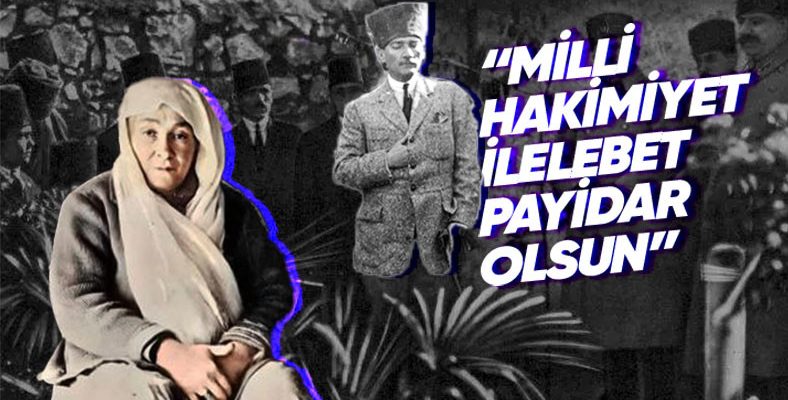A strong body, a strong will, a strong woman… Ms. Zübeyde is the most precious of her son Mustafa Kemal; The mother of the founder of the Republic of Türkiye and a nation…
enduring every challenge The death of Zübeyde Hanım Then, it was among the questions asked why Mustafa Kemal Atatürk was not at his funeral. While smear campaigns continued in some newspapers with false news, in others the event was pushed out of the real cause.
Mustafa Kemal Atatürk, who put his country before everything, could not attend the funeral of his only mother and paid a visit to the grave 12 days later. However, he did this neither for pleasure nor because he did not want to. us “that surface is the whole country” While giving his order, he showed that he would remain faithful to this order and that the homeland would not be abandoned no matter what.
Zübeyde Hanım lived under difficult conditions due to her husband’s duty and became a widow at an early age and raised her children alone.
Atatürk actually had 5 siblings; but we only know Ms. Makbule. Because Fatma, Ahmet, Ömer and Naciye fell ill at a young age and died. The fact that Ms. Zübeyde gave birth to children one after the other, lived under difficult conditions, and became a widow by taking responsibility for the children at a young age also caused many health problems.
When Atatürk set foot in Samsun on 19 May 1919, his mother Zübeyde Hanım stayed in Istanbul. The Allied Powers, on the other hand, made various pressures.
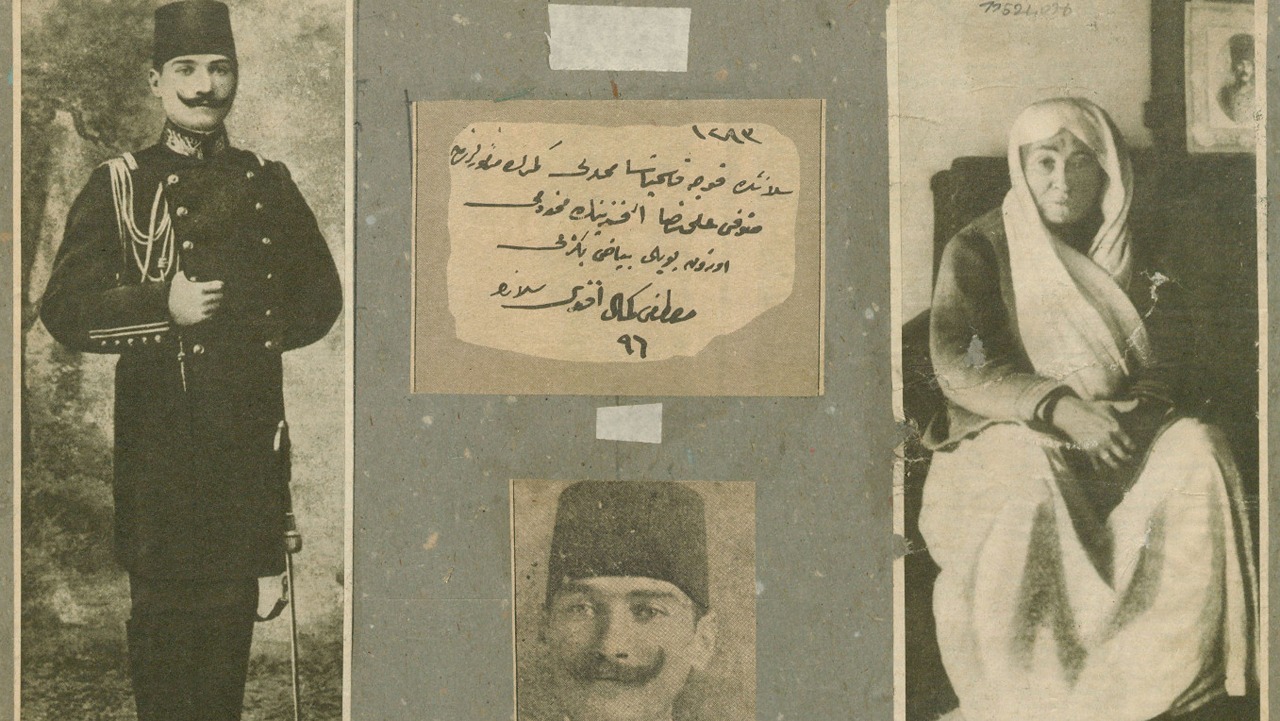
nonstop day and night raiding your home Besides, her concerns for Mustafa Kemal Atatürk had worn out Zübeyde Hanım, who was not in good health anyway.
of the National Struggle Atatürk, who could not go to his mother when he was living in a feverish way, explained the situation by writing lots of letters to him. In one of his letters he writes:
“The person who will bring this letter will give you as much information about me as you want. Please send me some of your clothes with him. How is my nurse’s health? home by anyone in attack found? Are you still there? What are the children doing, have they grown up? I will go to Sivas for the congress in a few days. Don’t pay attention to everything you hear. Well you know that I know what I’m doing. If I hadn’t seen results, I wouldn’t have started. I respectfully kiss your hands and the eyes of my nurse.”
When Mustafa Kemal set out for Samsun, rumors were circulating that he was “executed”. In the face of these news, Atatürk sent his commanding officer Halit, whom he trusted very much, to his mother.
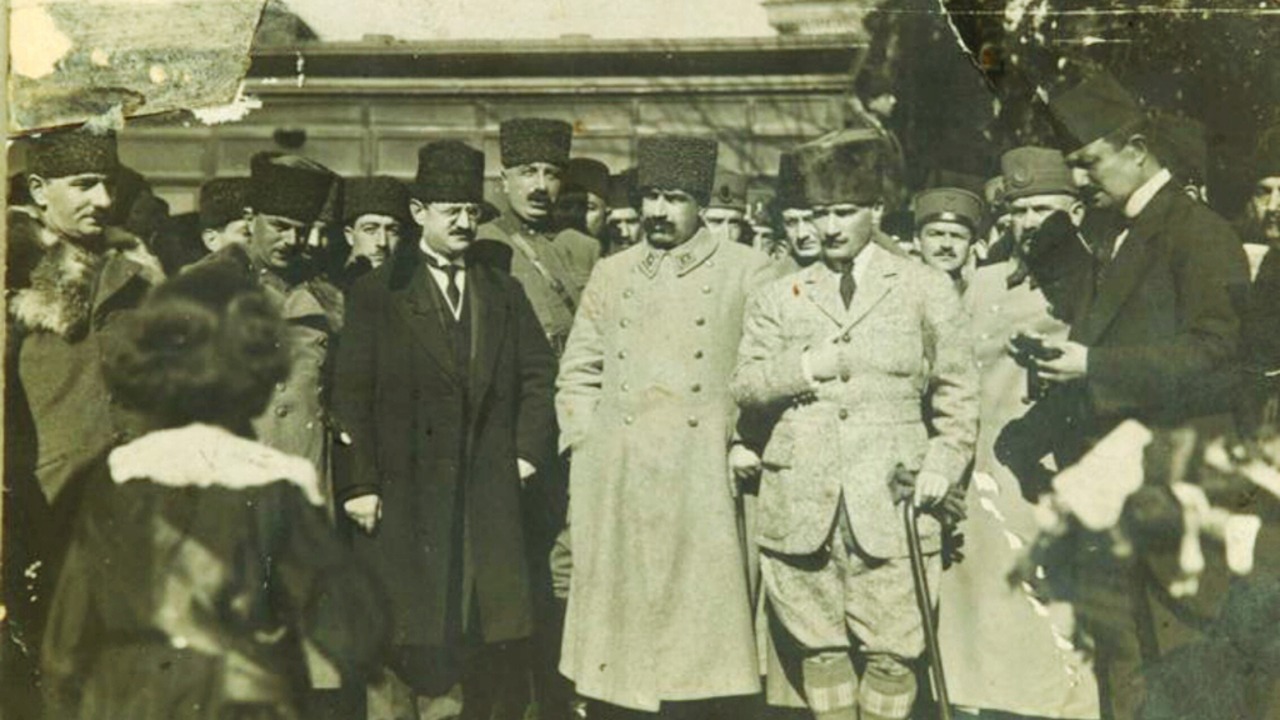
Ataturk’s soldier Halit Zübeyde Hanım, who had a partial paralysis when she saw her in front of her; After Atatürk sent the people he trusted, she went to Izmit. Then she went to Adapazarı and met her son Mustafa Kemal there. Together they set out for Ankara and his mother settled in a house in Çankaya. However, Zübeyde Hanım’s eyes started to see less and less due to diabetes.
Halide Edip Adıvar describes the appearance of Zübeyde Hanım in her last days as follows:
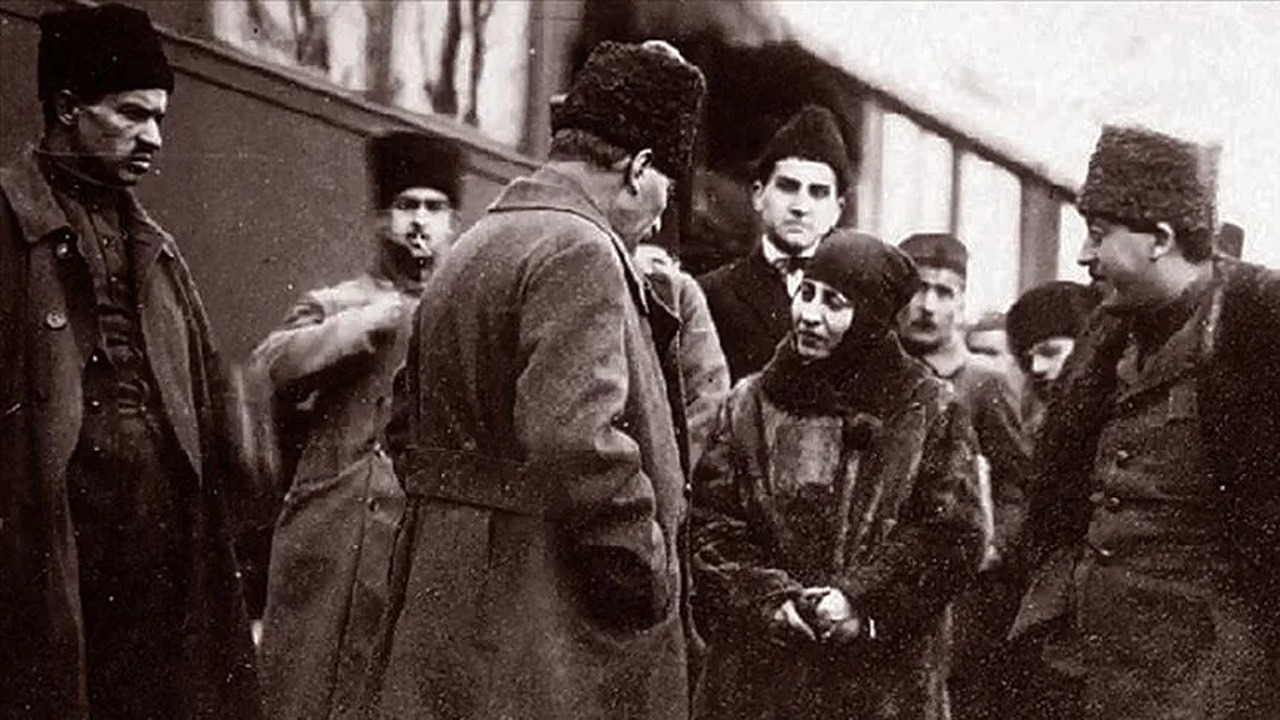
“The old lady’s face was thin, her active body was the same as Mustafa Kemal Pasha with her self-conscious expression. Although he was seventy years old, there was not a single wrinkle in his milky-white, pink skin. Although he was very quick to anger, there was tenderness in his dark blue eyes and mouth. Her white dress, ironed handkerchiefs, and white hands reminded me of my grandmother. She was a full Macedonian woman, she.” (The Turk’s Test with Fire, p. 220)
He was sent to Izmir due to his increasing discomfort.
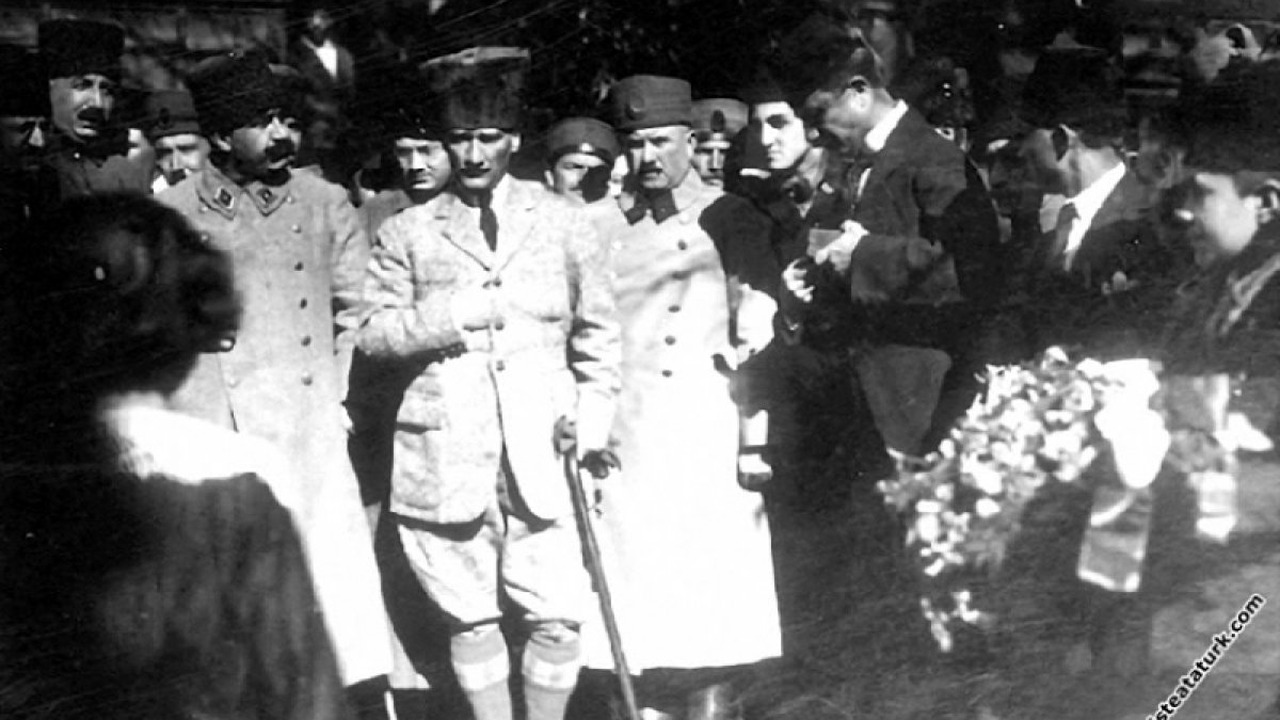
Zübeyde Hanım, who will continue her treatment here, was getting worse and worse. Mustafa Kemal Pasha could not go to Izmir before his mother passed away, but he became a photographer. Esat Bey He sent him to Izmir and had his mother’s last photographs taken.
Zübeyde Hanım passed away on the evening of January 14, 1923.Mustafa Kemal went to Izmit on January 16, 1923 to meet with some members of the press. He was going to go to Eskişehir first and then go to İzmir to feel the pulse of Anatolia and go to İzmir, but on the way he received the news of his mother’s death.
According to Salih Bozok:
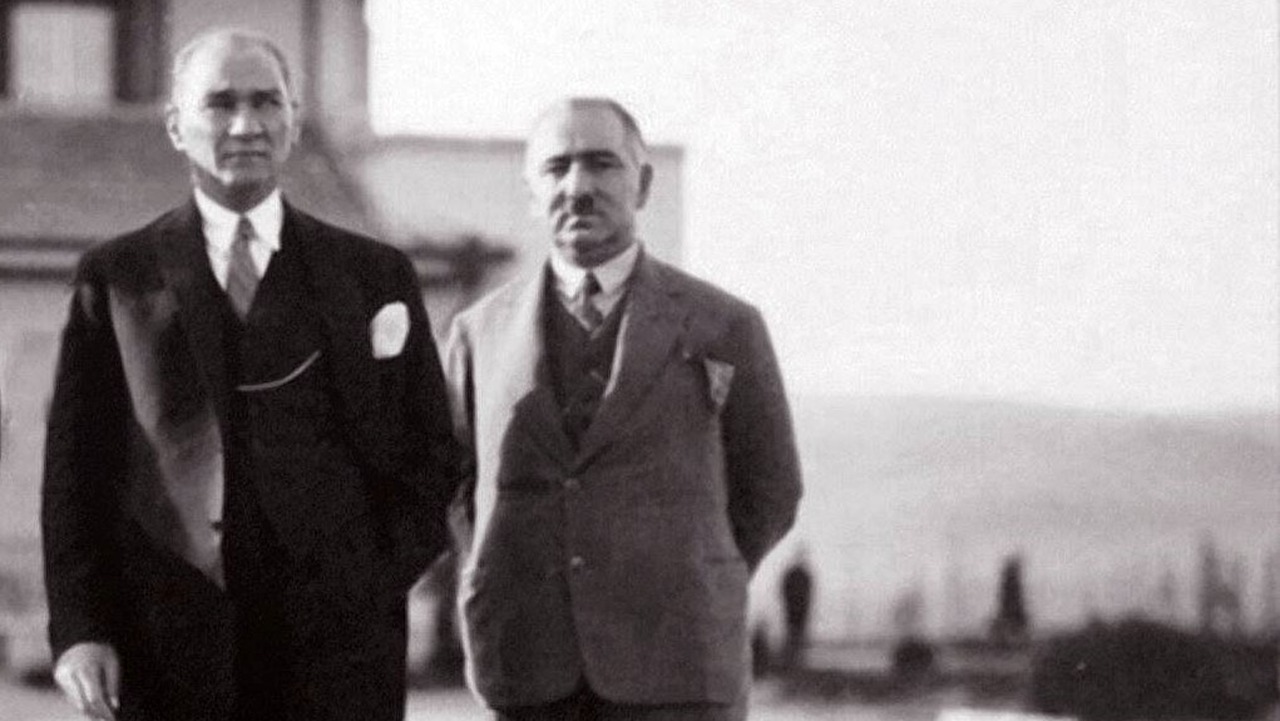
“After receiving my telegram, we learned that they had changed the route. I was very touched by the bitter news that we gave in the telegram with the reply they received from Eskişehir to me. Arrange the burial of the deceased properly. May Allah give life and peace to the nation, they said. Then our Pasha returned from Eskişehir and visited İzmir via Arifiye, İzmit, Tavşancıl, Gebze, Bilecik, Bursa, Alaşehir, Salihli, Turgut, Manisa.” (Nezihe Araz, 1000 Days with Mustafa Kemal, p. 116)
The following information about the funeral was published in the Hâkimiyet-i Milliye Newspaper:
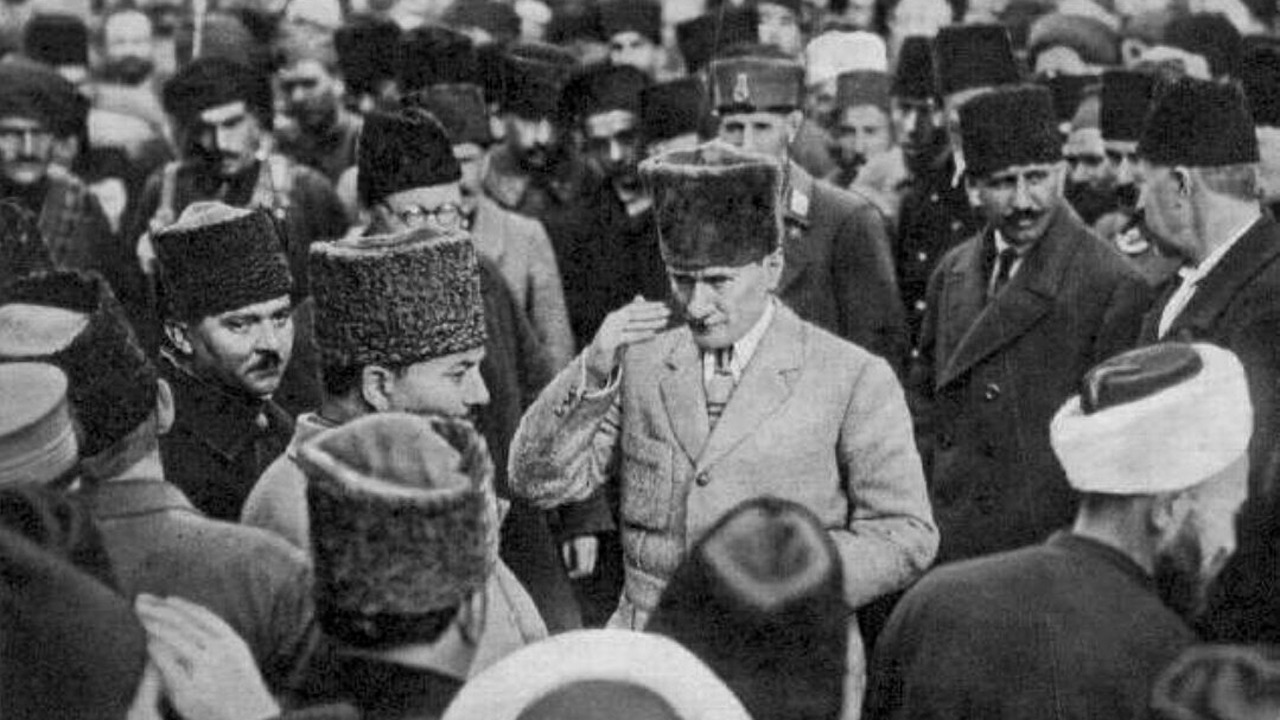
“The funeral of the Grand National Assembly of Turkey, Chief Commander-in-Chief, Ghazi Mustafa Kemal Pasha, the Mother of God, was taken from their residences around the station yesterday afternoon, in Karşıyaka, Gazi Mustafa Kemal Pasha Street. He was buried in the obligatory tomb in Ferik Osman Pasha Mosque.”
Even in his most difficult moment, Mustafa Kemal Pasha did not attend the funeral and took refuge in the nation.
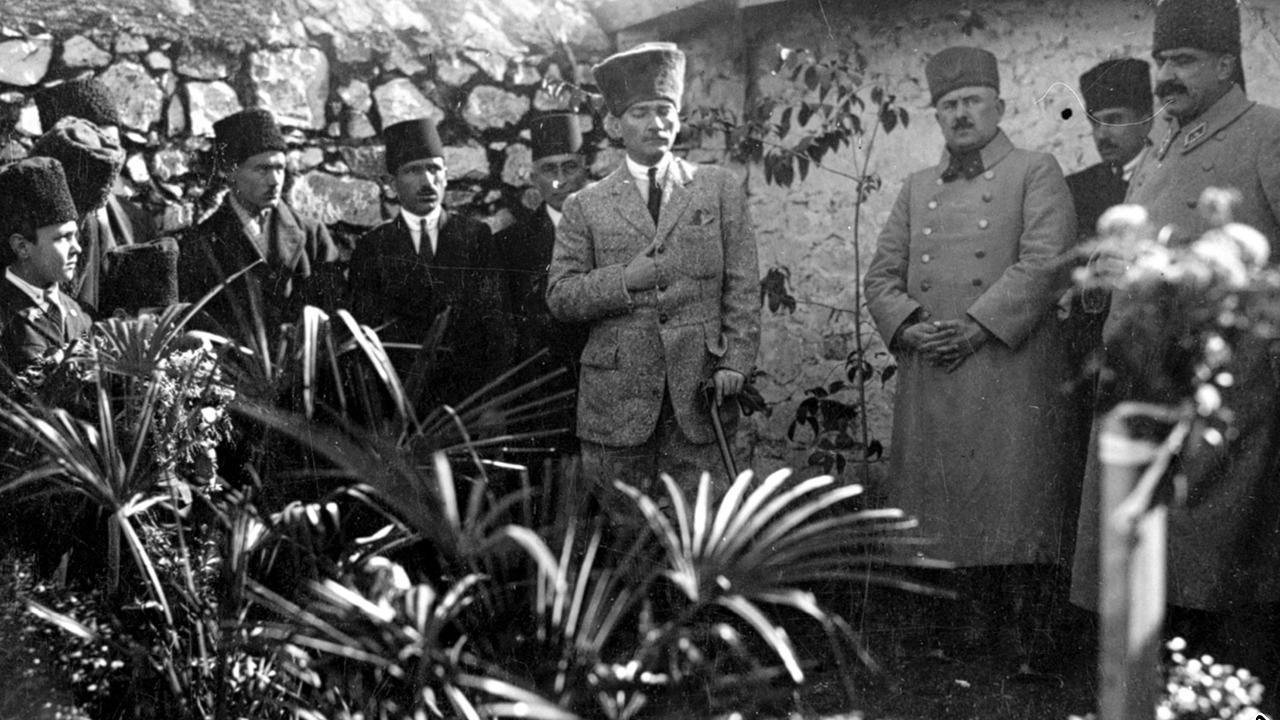
He left Bursa on January 24, 1923. Pasha moved towards Izmir. When he arrived in Izmir on January 27, the gentry and the people greeted him with a large crowd. It is recorded that when she went to Ferik Osman Pasha Mosque, where her mother was buried, she stood silently at her mother’s grave for a long time and then prayed. Pasha, who was also affected by the lament of a small child, gave an emotional speech to those present.
“My poor mother, He has given his body to the holy land of Izmir, which is his ideal for the nation. Friends, death is the most natural law of creation. But even so, what sad appearances sometimes happen. My mother, who was lying here, was the victim of an arbitrary administration, whose persecution and coercion brought the whole nation to the abyss of catastrophe. If you allow me to explain this, let me present a few specific points of his painful life.
It was during the reign of Abdulhamid. In 1905, he had just left the school. I came out as a staff captain. I was taking the first step in life. But this step did not come to life, but to the dungeon. Indeed, one day they took me and put me in the dungeons of the oppression administration. I stayed there for months. My mother only found out about this after she was released from prison. And he immediately ran to see me. She came to Istanbul. But I could only meet him there for three or five days. Because again, the spies and executioners of the printing administration surrounded our residence and took me away.
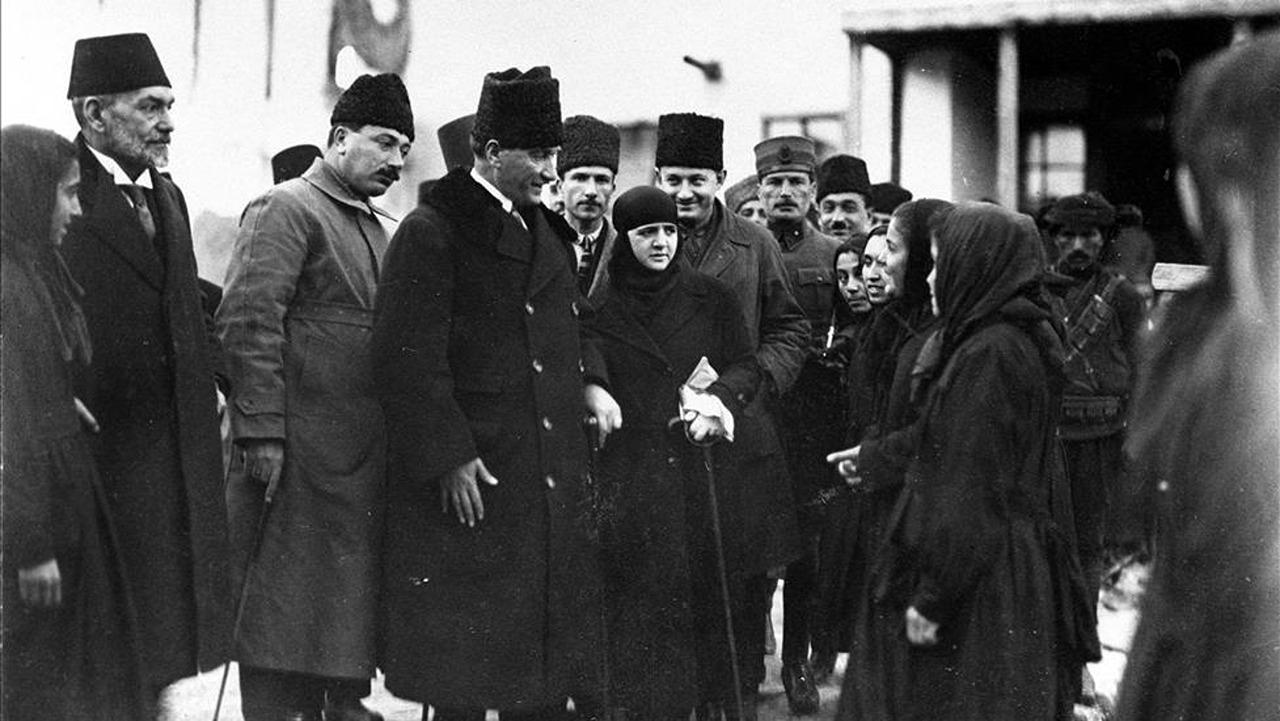
My mother followed behind me, crying. While I was getting on the ferry that was going to take me to my place of exile, my mother, who was prevented from seeing me, was crying at the Sirkeci dock. My self-interest had a motive in my mother’s presence; My years in exile had tormented him rather than me. One more point: When I crossed into Anatolia during the armistice, I had a man with me. When I came to Erzurum, I returned this man to Istanbul.. When my mother saw that this man came alone, she thought that the death sentence given by the caliph and the sultan had been fulfilled, and this thought paralyzed her. After that, all the years of struggle had made him spend his life in pain and sadness. He was always under the pressure and torture of the Sultan and his government and all the enemies. His residence was raided and searched for a thousand reasons and reasons, and he was disturbed. My mother spent three and a half years in tears all day and night. These tears made him lose his eyes. Finally, very recently, I was able to rescue him from Istanbul. I was able to reunite with him that he was now dead materially, living only spiritually.
Here I am in front of the grave today with tears in my eyes but with a happy heart. Undoubtedly, I am saddened, but the arbitrary reign that led him to destruction and destruction, even his grandmother homeland, is now buried in the grave, never to be reunited. Let my mother lie under this land; but may the National Sovereignty prevail forever. This dominance will continue forever. This is the greatest strength that comforts me.”
“I swear in front of my mother’s grave and in the presence of Allah, I will never be hesitant to go to my mother if necessary, in order to protect and defend the domination that the nation has won and retained by shedding so much blood.”
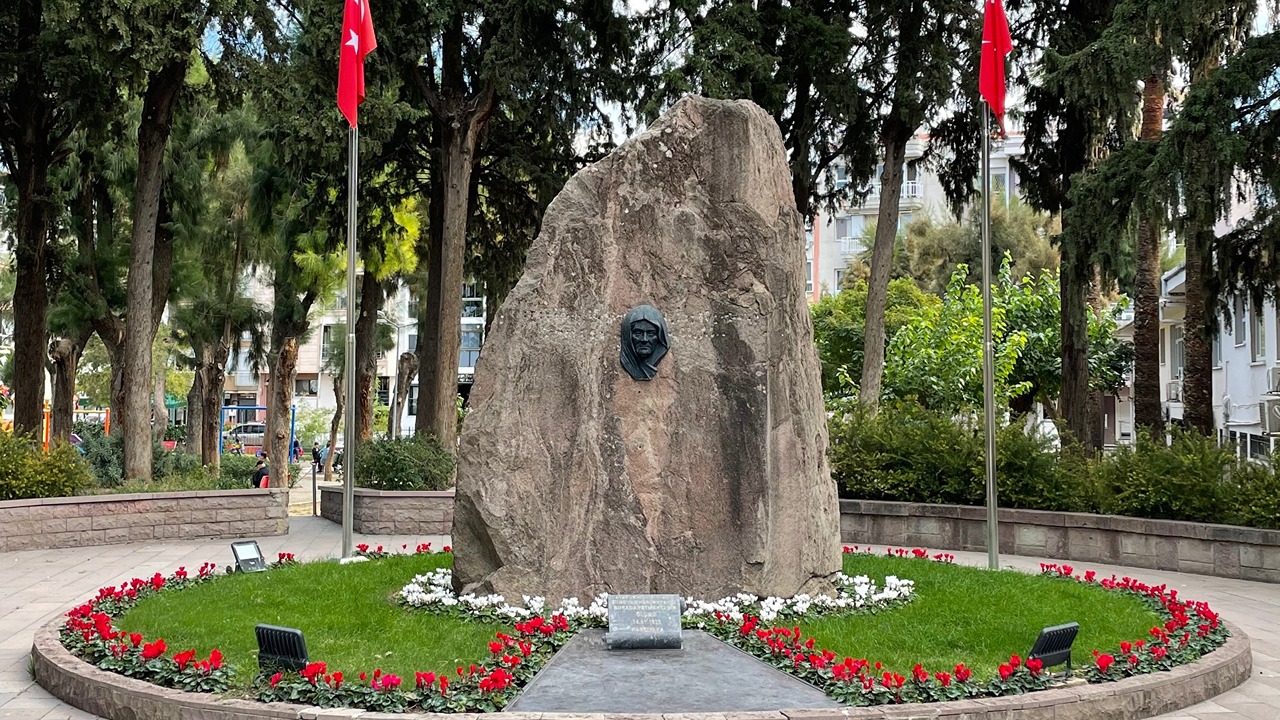
After her mother’s death İzmir had a completely different place in Atatürk’s heart. İzmir, which has become an important symbol of the National Struggle, was now a homeland for him that opened its arms to his mother. Atatürk, who showed a different interest and concern for the tomb every time he came to visit, had a stone placed in the future that showed that the tomb belonged to his mother.
He lost his most valuable treasure in the turbulent period when the homeland was under occupation. Mustafa Kemal Pasha, in order not to abandon his duty for the sake of the homeland and the nation, He was unable to attend his mother’s funeral. For him, this country, for which blood was shed, was more precious than his own life. In a way that befits our Turkish nation; With the hope that we will fight forever for these lands bequeathed to us by the Republic.
RELATED NEWS
Is Atatürk’s Birth House Actually In Macedonia, Not Thessaloniki?
RELATED NEWS
What kind of path did Mustafa Kemal Atatürk follow in the Erzurum Earthquake in the 1st Year of the Republic?
RELATED NEWS
